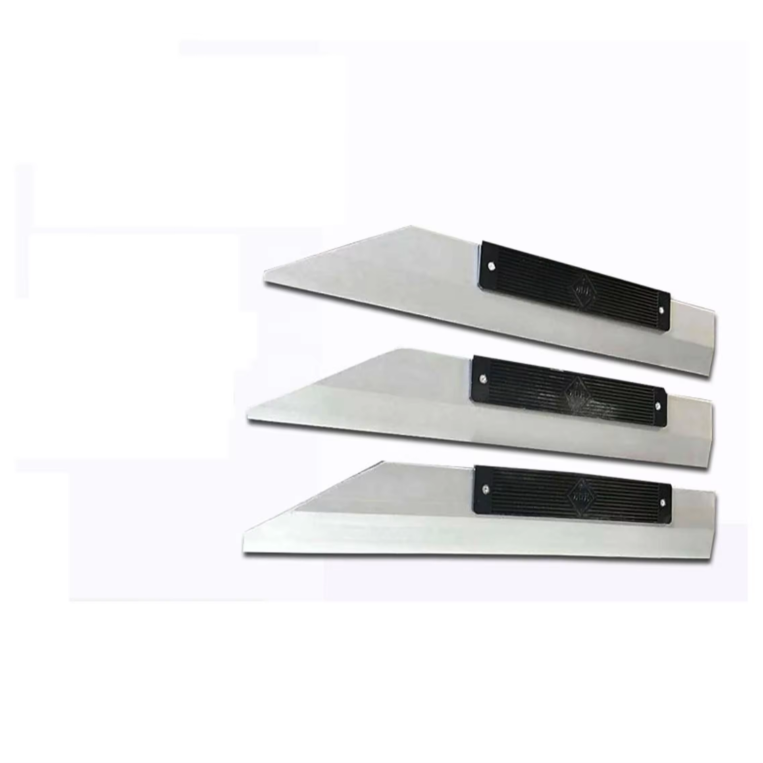nov . 30, 2024 19:36 Back to list
types of water valves
Understanding the Different Types of Water Valves
Water valves are crucial components in plumbing systems, responsible for controlling the flow of water in various applications. Whether in residential, commercial, or industrial settings, understanding the types of water valves available can significantly enhance the efficiency and effectiveness of water management systems. Below, we explore the various types of water valves, their functions, and their applications.
1. Gate Valves
Gate valves are commonly used for fully opening or closing the water flow. They operate by lifting a gate out of the path of the water, allowing for smooth and unobstructed flow. These valves are ideal for applications where minimal pressure drop is required. Typically used in pipelines and large-scale water systems, gate valves are not recommended for throttling purposes as they can lead to erosion and damage over time.
2. Globe Valves
Unlike gate valves, globe valves are designed for regulating water flow. They feature a spherical body that provides a throttling capability, allowing for precise control. The flow direction can be changed, and the valve is efficient in reducing pressure in high-flow situations. Globe valves are often used in heating and cooling systems and can handle both hot and cold water.
3
. Ball ValvesBall valves are characterized by a spherical disc (the ball) that controls the flow of water. When the valve is open, the hole in the ball is aligned with the flow direction, which allows water to pass through. When closed, the ball rotates 90 degrees to block the passage. Ball valves are known for their durability and reliability, making them suitable for quick shut-off applications in both residential and industrial settings.
4. Butterfly Valves
types of water valves

Butterfly valves utilize a rotating disc to control water flow. As the disc is turned, it either allows or restricts flow in the pipeline. These valves are lighter and more compact than other types, making them ideal for applications with limited space. They are commonly used in large-scale water distribution and wastewater treatment systems due to their quick operation and low maintenance requirements.
5. Check Valves
Check valves are designed to allow water to flow in one direction only, preventing backflow. They automatically close when water attempts to flow in the opposite direction, protecting plumbing systems from potential damage caused by reverse flow. These valves are essential in preventing contamination and protecting pumps and other equipment from unwanted pressure changes.
6. Pressure Relief Valves
Pressure relief valves are safety devices that relieve excess pressure from a system, preventing potential failures or explosions in high-pressure scenarios. When the pressure exceeds a predetermined limit, the valve opens to release pressure and return the system to safe levels. These valves are critical in industrial applications where pressure fluctuations can pose serious hazards.
7. Solenoid Valves
Solenoid valves are electrically operated valves that control the flow of water through an electromagnetic coil. They are often used in automated systems for irrigation, water treatment, and other applications requiring quick and precise opening and closing of the valve. Solenoid valves can be controlled manually or automatically, making them highly versatile in both residential and industrial settings.
Conclusion
Choosing the right water valve for a specific application is essential for ensuring efficient water flow management and minimizing potential issues. Each type of valve comes with unique characteristics and advantages, making them suitable for various purposes. Understanding these differences helps in selecting the appropriate valve for the desired function, whether it's controlling flow, preventing backflow, or ensuring safety in high-pressure environments. As technology advances, new innovations in valve design continue to emerge, promising enhanced performance, efficiency, and reliability. By investing in the proper water valves, individuals and organizations can optimize their water systems and contribute to sustainable water management practices.
-
Thread Plug Gauge Our Promise of Measurement ExcellenceNewsAug.22,2025
-
Gauge Pin Class Reflecting Quality LegacyNewsAug.22,2025
-
Check Valve Types for High Rise BuildingsNewsAug.22,2025
-
Water Control Valve for Irrigation SystemsNewsAug.22,2025
-
Gate Valve with Soft Seal TechnologyNewsAug.22,2025
-
Y Type Strainer for Oil and Gas ApplicationsNewsAug.22,2025
Related PRODUCTS









